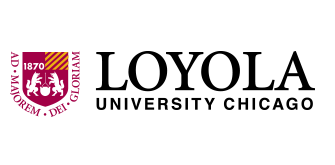Major
Physics
Anticipated Graduation Year
2025
Access Type
Open Access
Abstract
Due to the variety of quality and price ranges of watercolor paints available on the commercial market, the ability to test the quality of watercolor paints can be a major benefit to artists. One method of test- ing paint quality would be using spectrophotometry. By shining a light through a sample of watercolor paint suspended in water it is possible to find the parts per million (ppm) and color of a paint sample by comparing the initial and final intensity of light. We will construct a visible light spectrophotometer comprised of a visible light source that can be split into specific wavelengths, a solution of watercolor in water in a cuvette, a photodiode to measure the trans- mittance, and a software to collect and plot the data. For a few specific wavelengths of light beam, we’ll measure transmittance varying the color of watercolor and concentration of watercolor. The end goal of this project is to determine the parts-per-million (ppm) of different qualities of watercolor. We will be using two different types of lasers, red ( 630 nm) and blue ( 445 nm), and comparing the different watercolor brands using the same shade of paint. In this project, it is also possible to check which color has the most ppm. We believe that the more expensive brand of paint will have a larger ppm.
Faculty Mentors & Instructors
Dr. Jon Bougie, Physics Department
Creative Commons License

This work is licensed under a Creative Commons Attribution-Noncommercial-No Derivative Works 3.0 License.
Spectrophotometric Analysis of Water Color Paint Quality
Due to the variety of quality and price ranges of watercolor paints available on the commercial market, the ability to test the quality of watercolor paints can be a major benefit to artists. One method of test- ing paint quality would be using spectrophotometry. By shining a light through a sample of watercolor paint suspended in water it is possible to find the parts per million (ppm) and color of a paint sample by comparing the initial and final intensity of light. We will construct a visible light spectrophotometer comprised of a visible light source that can be split into specific wavelengths, a solution of watercolor in water in a cuvette, a photodiode to measure the trans- mittance, and a software to collect and plot the data. For a few specific wavelengths of light beam, we’ll measure transmittance varying the color of watercolor and concentration of watercolor. The end goal of this project is to determine the parts-per-million (ppm) of different qualities of watercolor. We will be using two different types of lasers, red ( 630 nm) and blue ( 445 nm), and comparing the different watercolor brands using the same shade of paint. In this project, it is also possible to check which color has the most ppm. We believe that the more expensive brand of paint will have a larger ppm.


